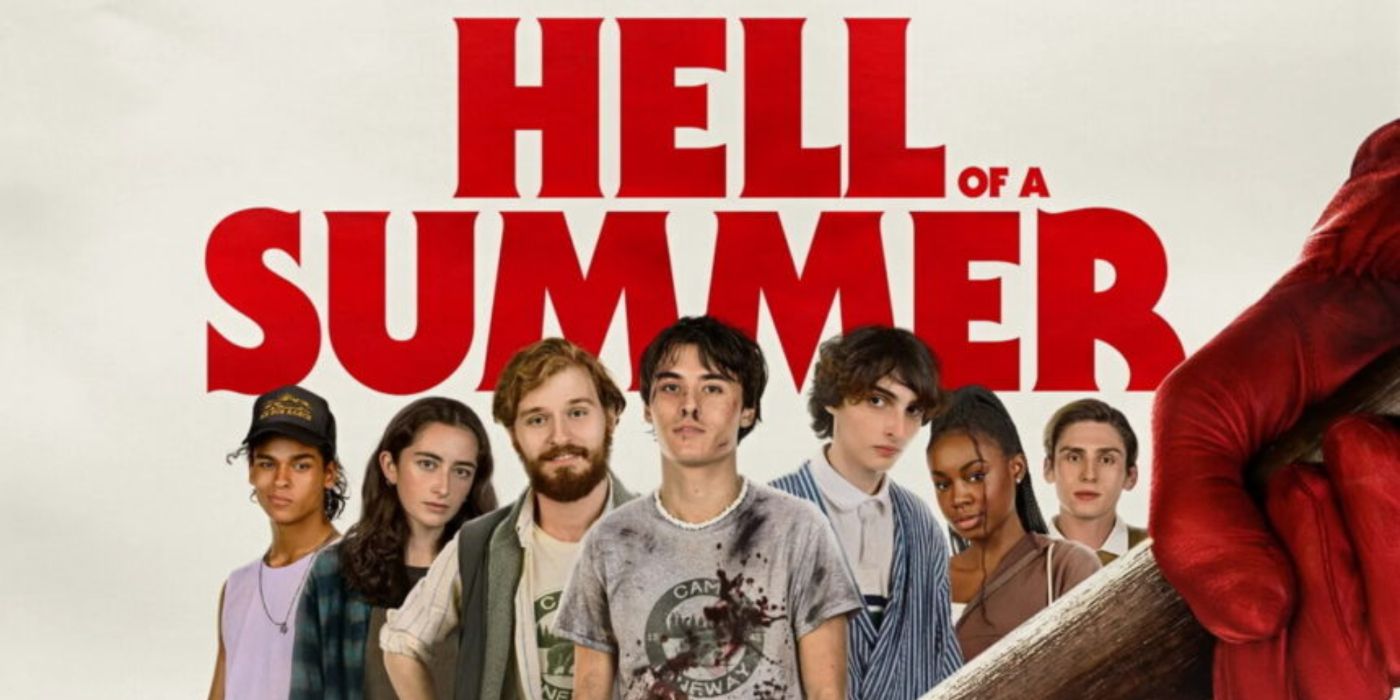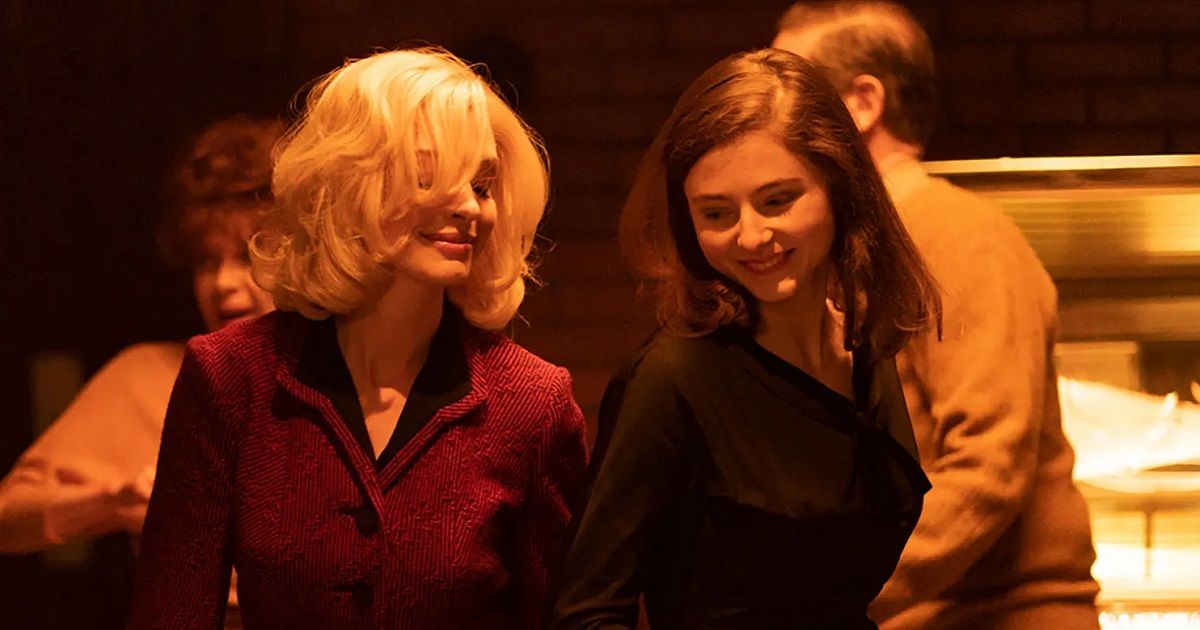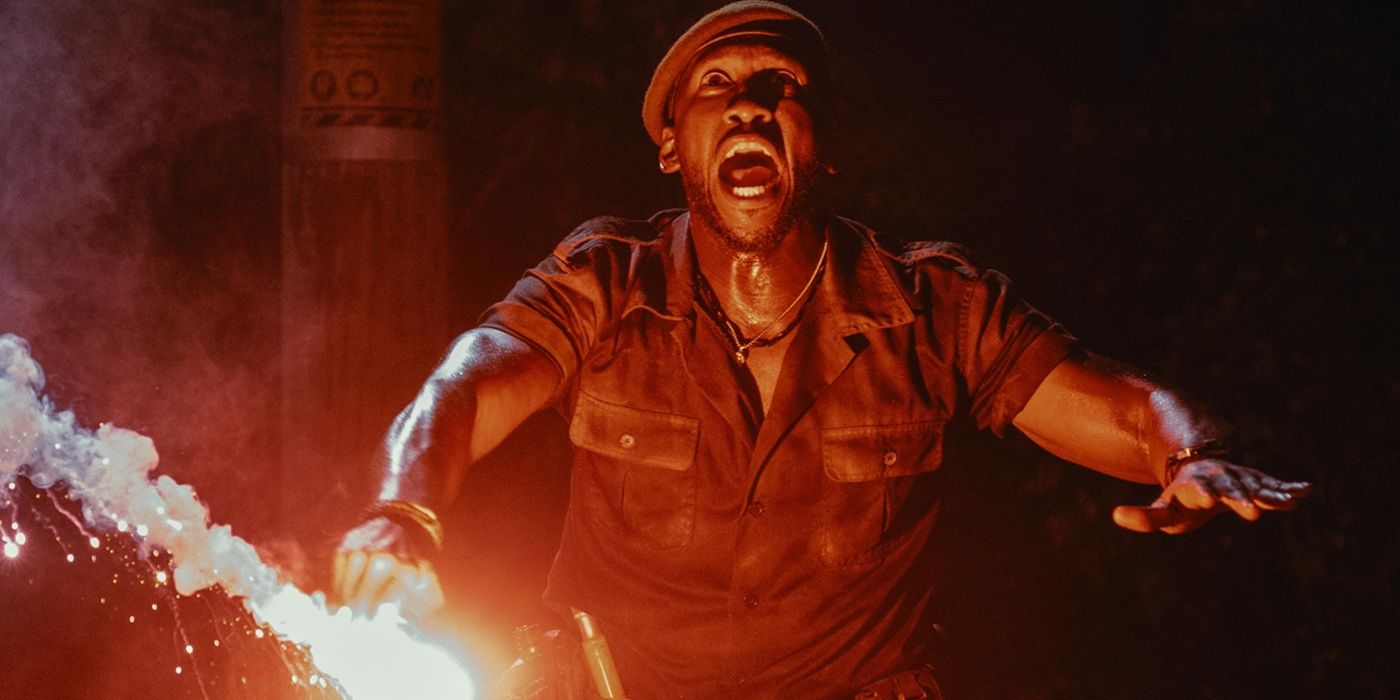The camera is always active, searching. The audio is caught-in-the-moment, sometimes while there’s a lots of chatter and background noise going on. The filmmaking tries to capture the changes happening on a macro level by immersing us in journalistically-charged details that illuminate the larger culture, such as the way the students talk to each other and get their information through texts, pictures, video, and social media posts on their phones.
There are a lot of scenes where politically engaged kids attend city council meetings, discuss what’s happening in them and how it affects their schooling, and address the elected representatives to ask questions or make demands. Denilson Garibo, a student governing board representative, emerges as the closest thing to a main character, in part because he’s so earnest and charismatic and idealistic, and therefore the perfect vessel to convey how smart teenagers become disillusioned by the hypocrisies, self-serving justifications, and moral shortcuts of adults who are supposed to be looking out for them.
Still, “Homeroom” avoids focusing too much on any one person, instead going for a sort of panoramic, ensemble-oriented “network narrative” approach where the movements of particular characters illustrate larger ideas about history and society. This is the source of the film’s weaknesses as well as its strength. There are going to be moments where you wish they’d stayed in a scene a bit longer, or followed through on a tantalizingly introduced notion or colorful character. But you also get a collective sense of what it meant to be alive and a student at that high school during that specific time, and that’s something that few films even think to try to give you.
There’s a borderline horror-movie “Look out behind you!” sensibility to watching these kids at city council meetings in early 2019, thinking that painful cuts to their schools’ budgets are the biggest things that could be happening to them. The George Floyd protests and Covid-19 are on the horizon, and anyone watching this movie will have a reference point for the experiences and images that are about to ensue. The entire look of the film changes after Covid, with the filmmaker’s already plentiful use of electronic screens (laptops and phones, mainly) becoming the default image. The kids become isolated from each other, the physical institution that is the school, the city council, and life itself. How can life continue for a young person when you’re not even supposed to gather?
You can view the original article HERE.















-2-1.jpg)













:quality(85):upscale()/2025/04/01/587/n/1922564/fe60d6be67ebe4b0bbd6f1.79749549_.png)